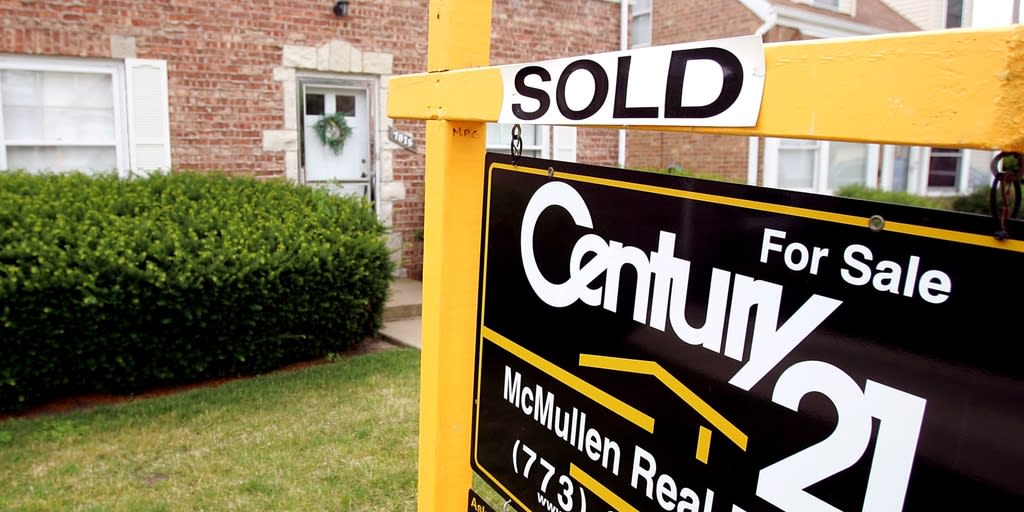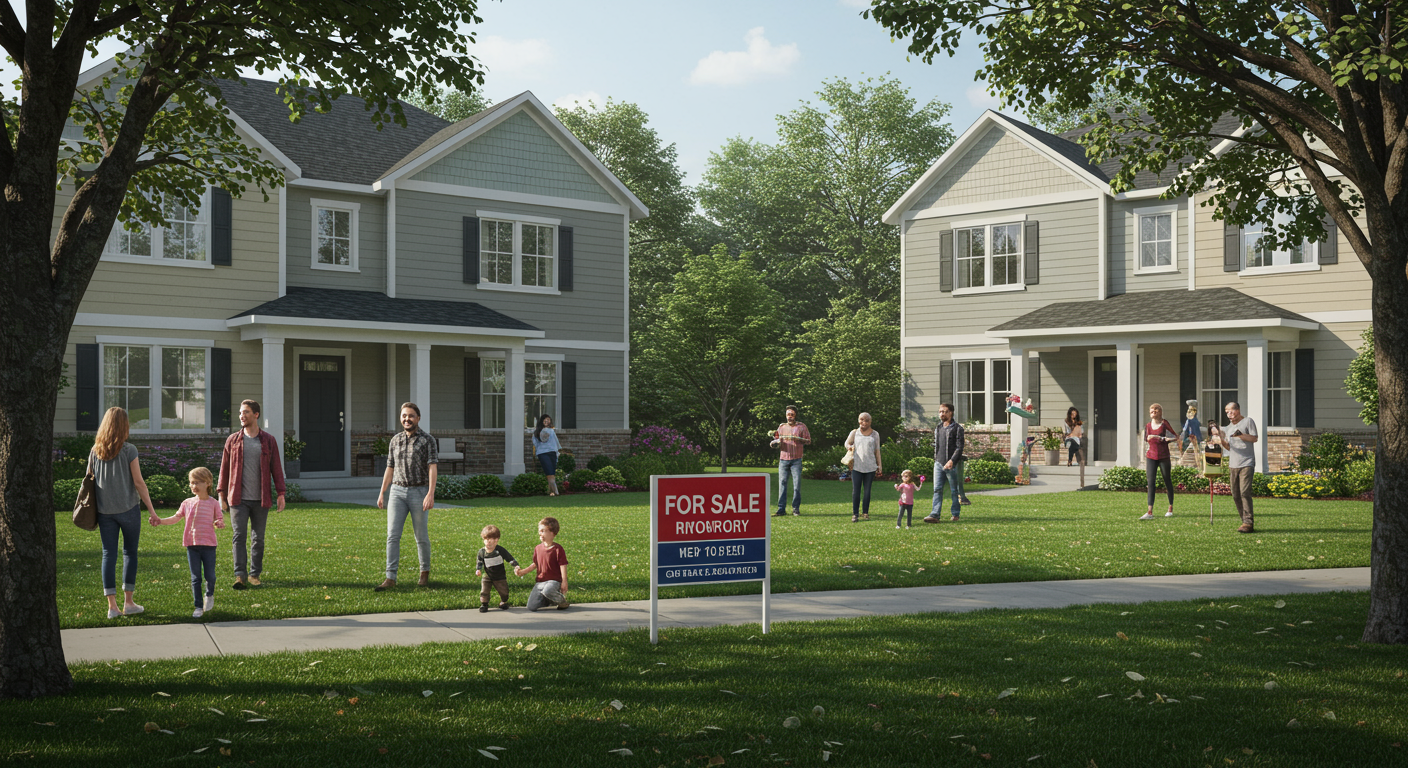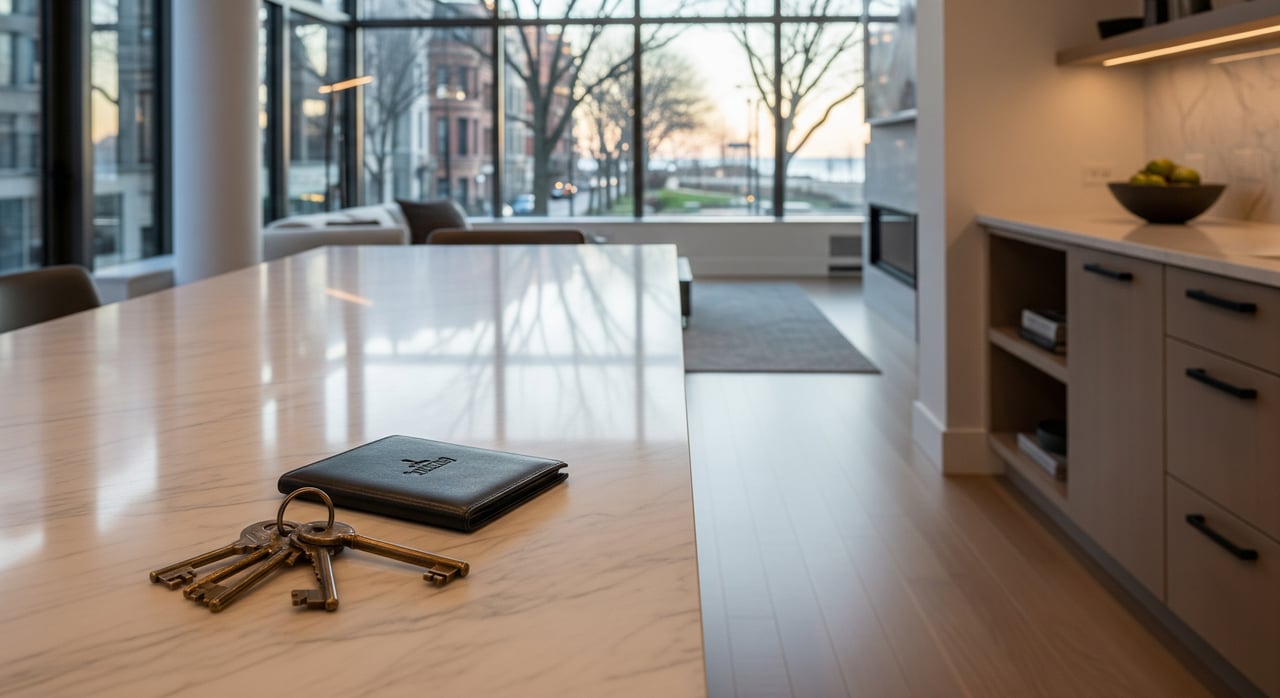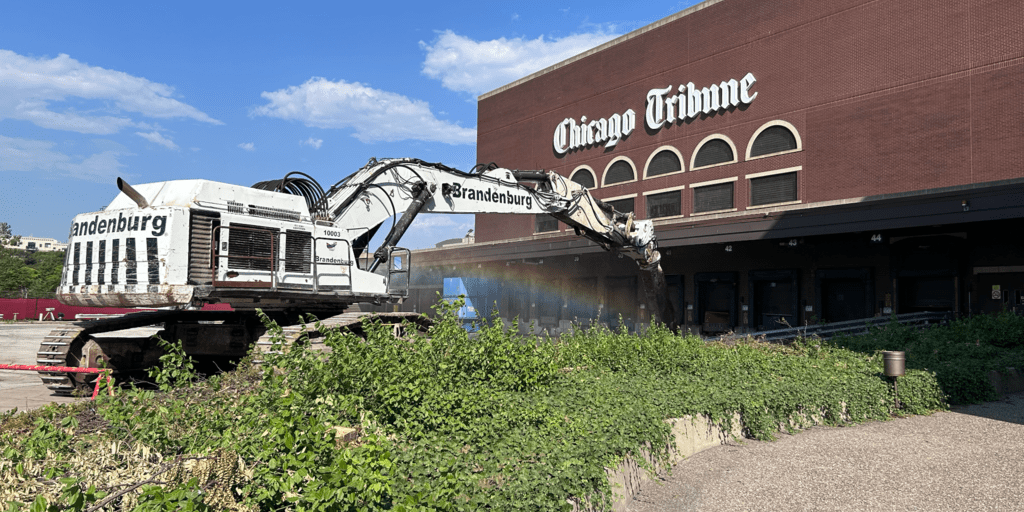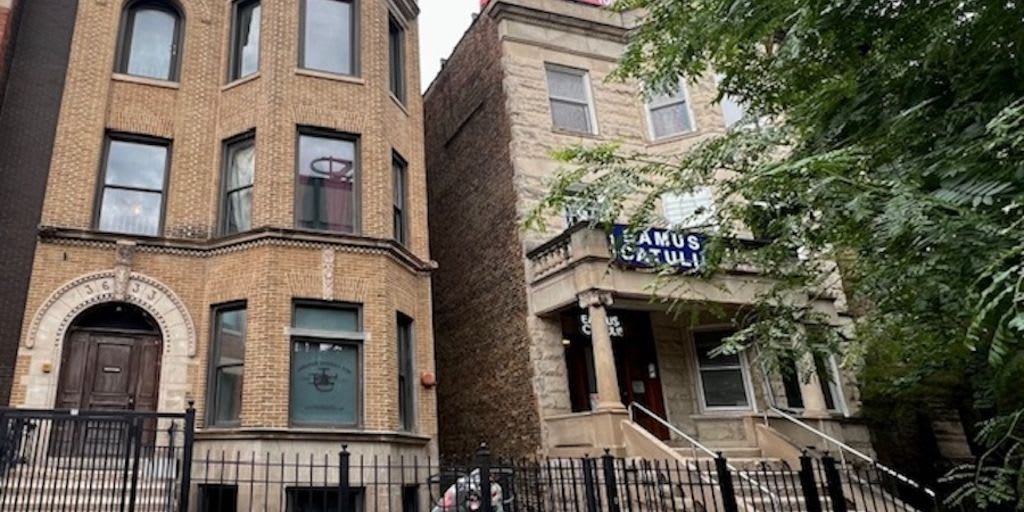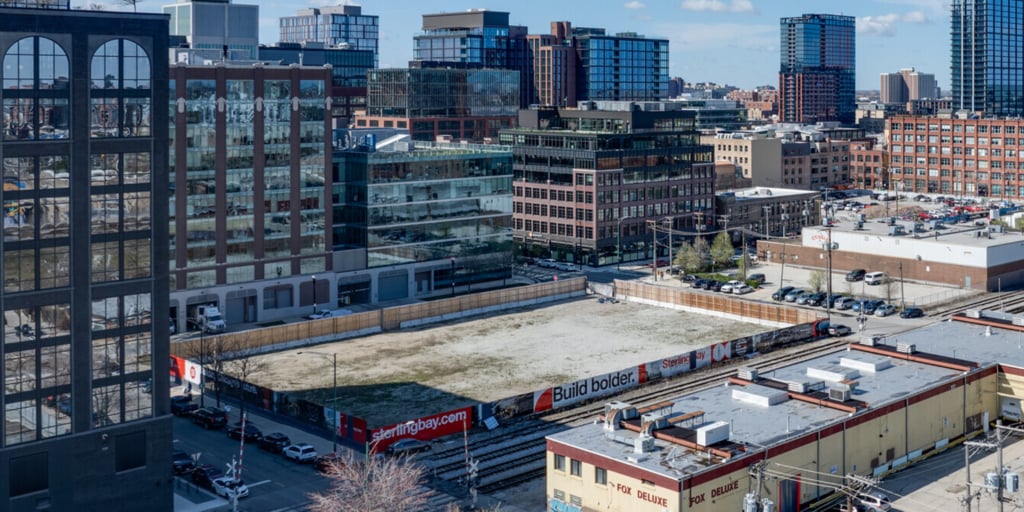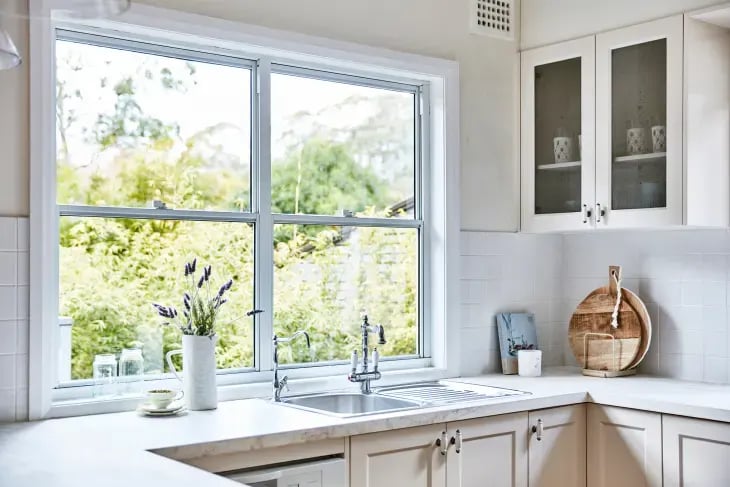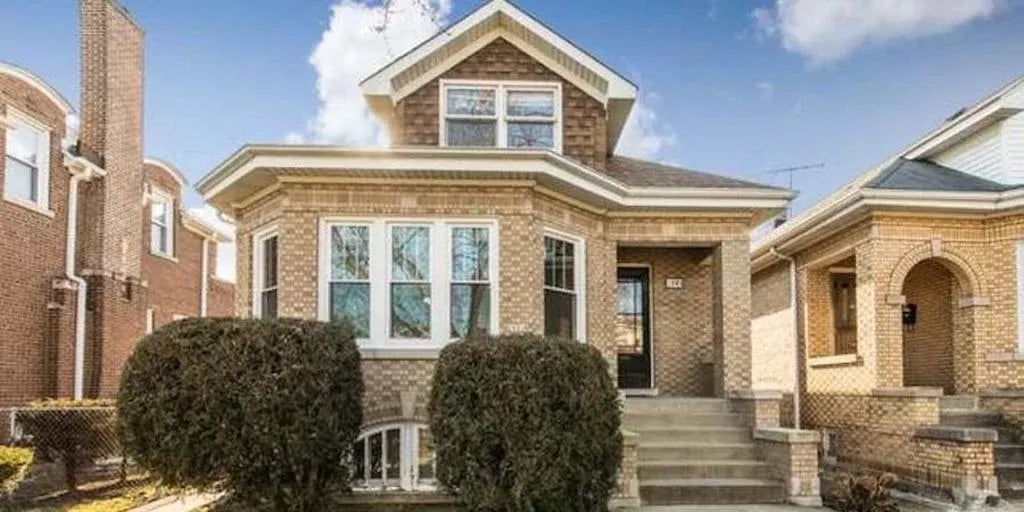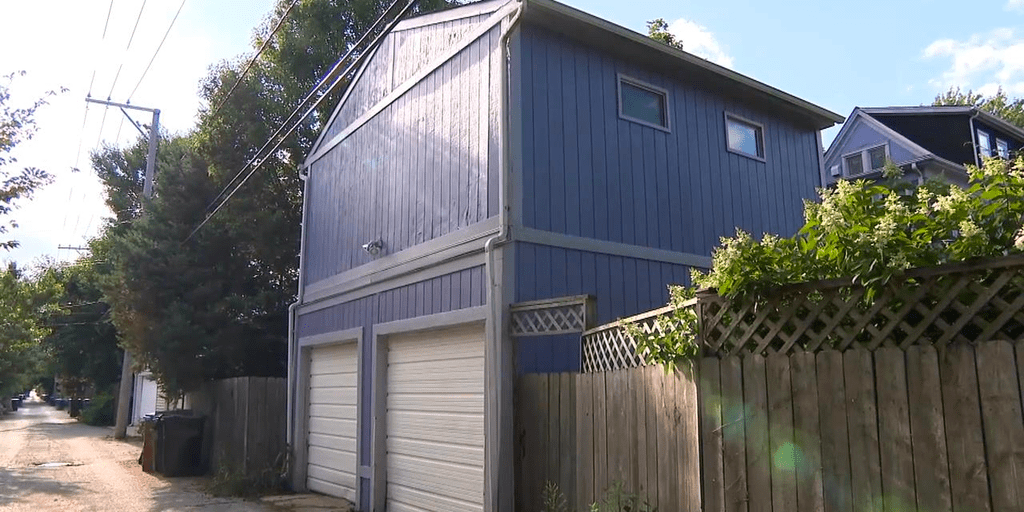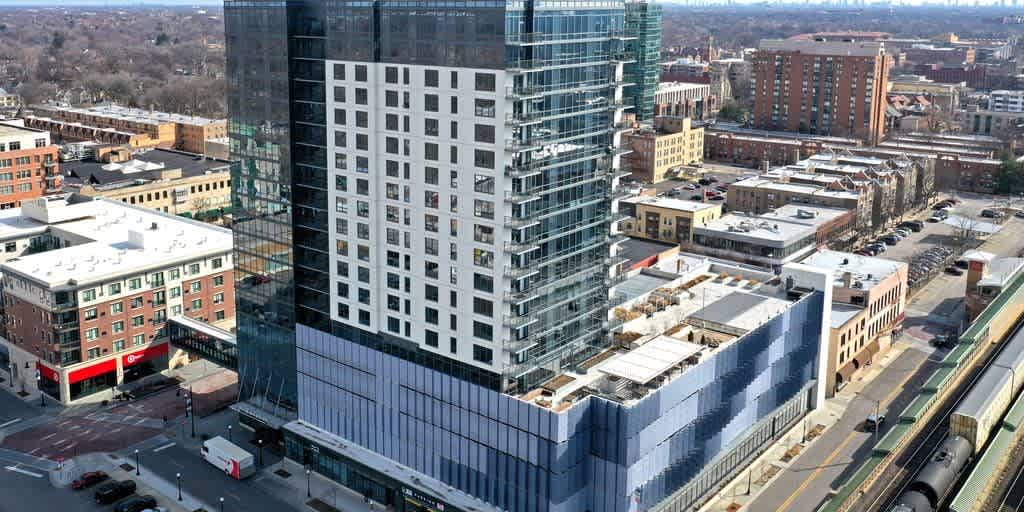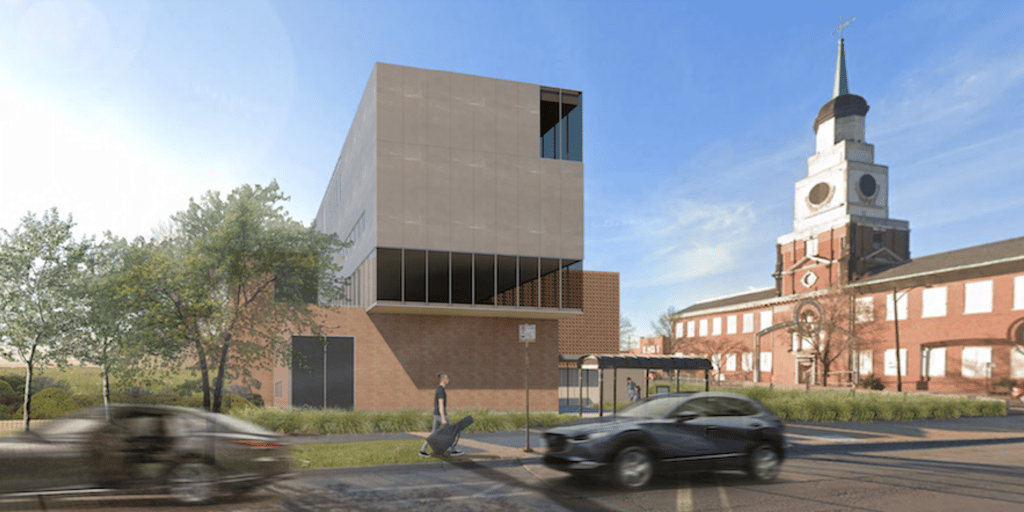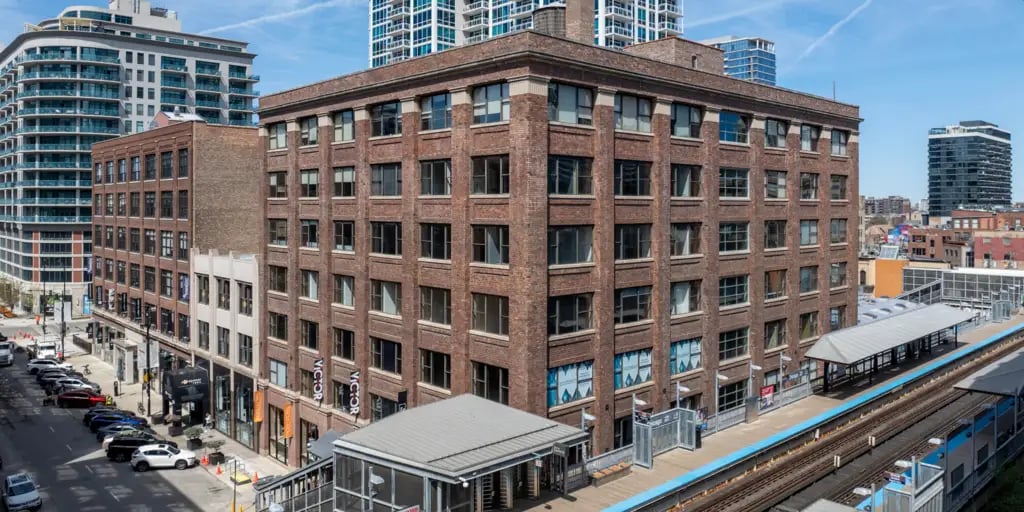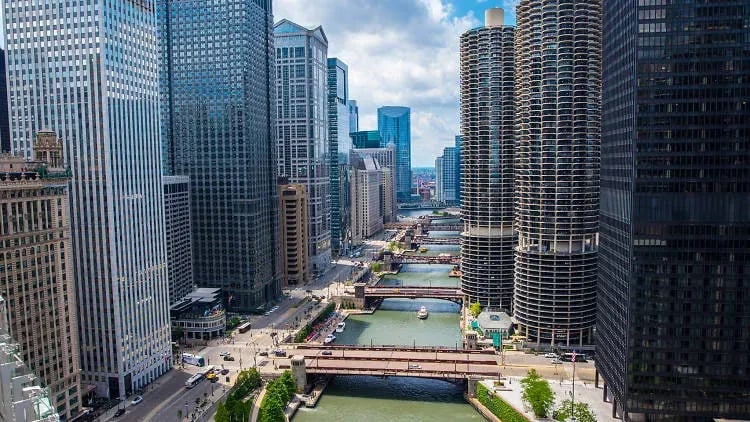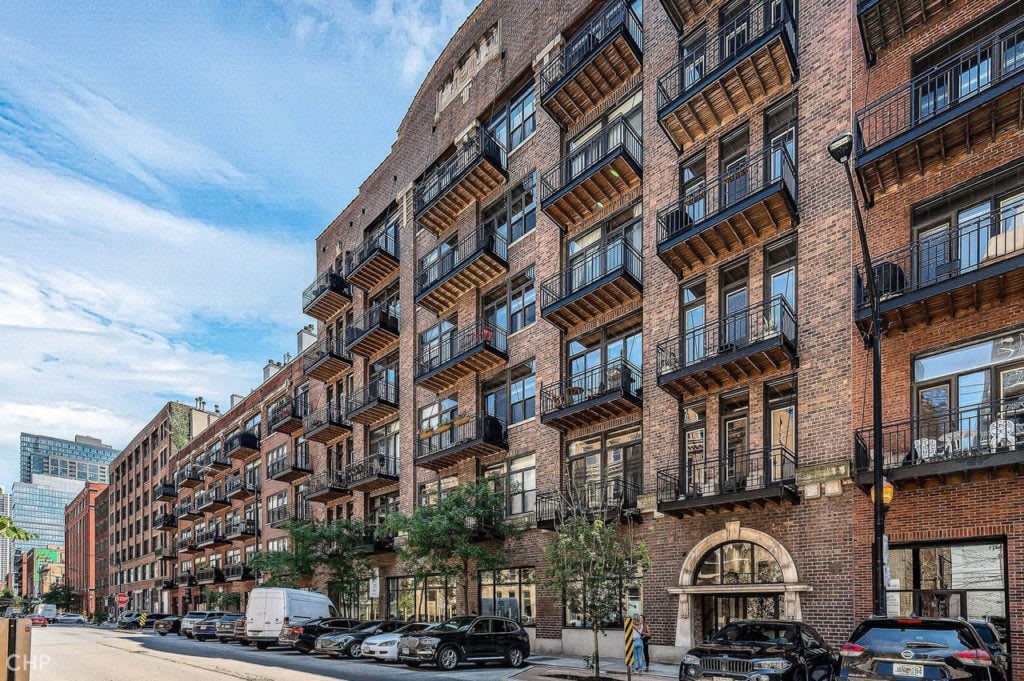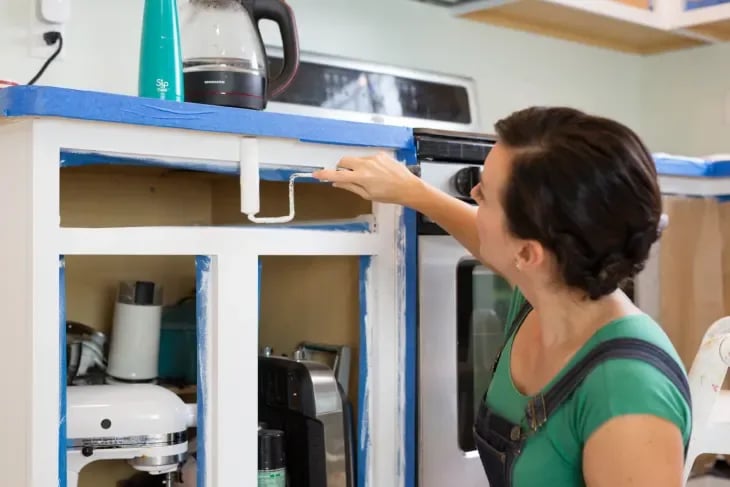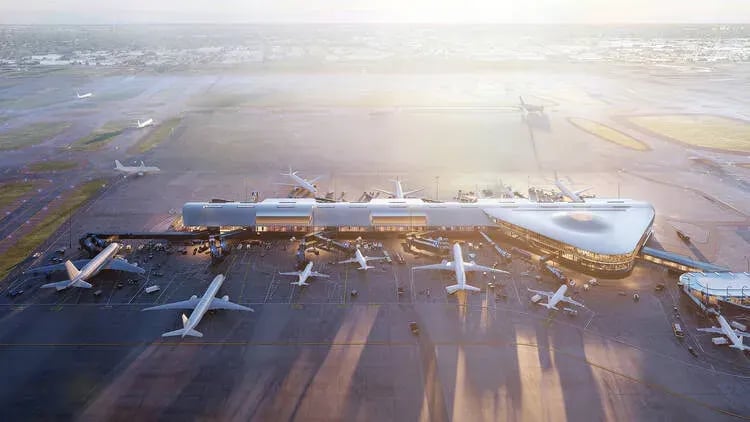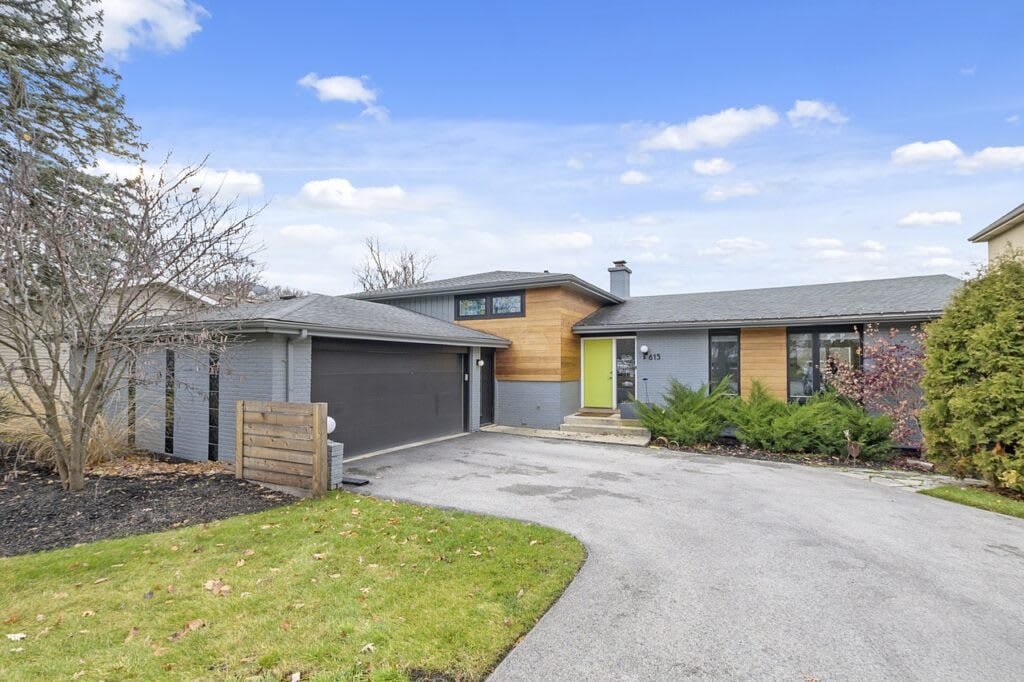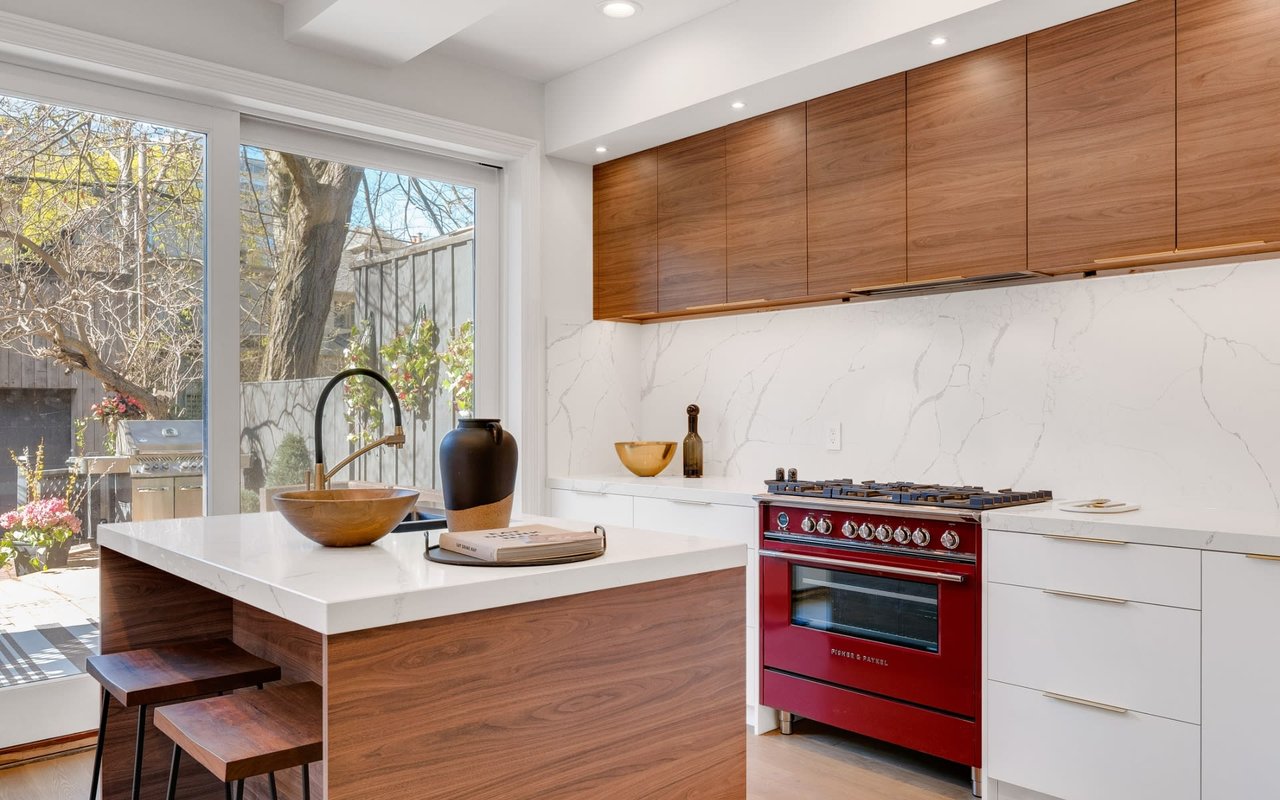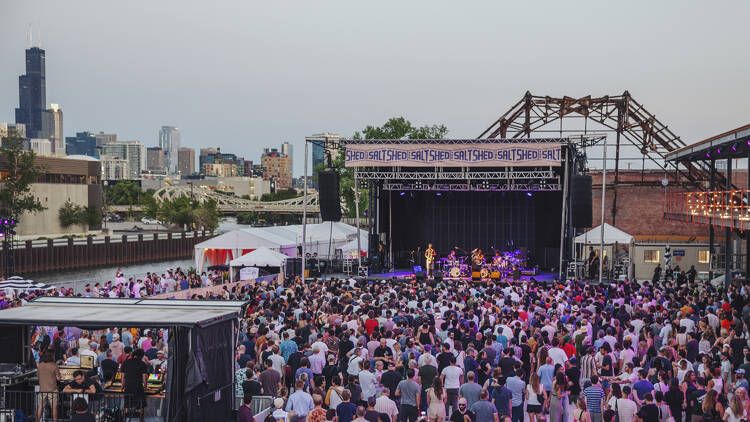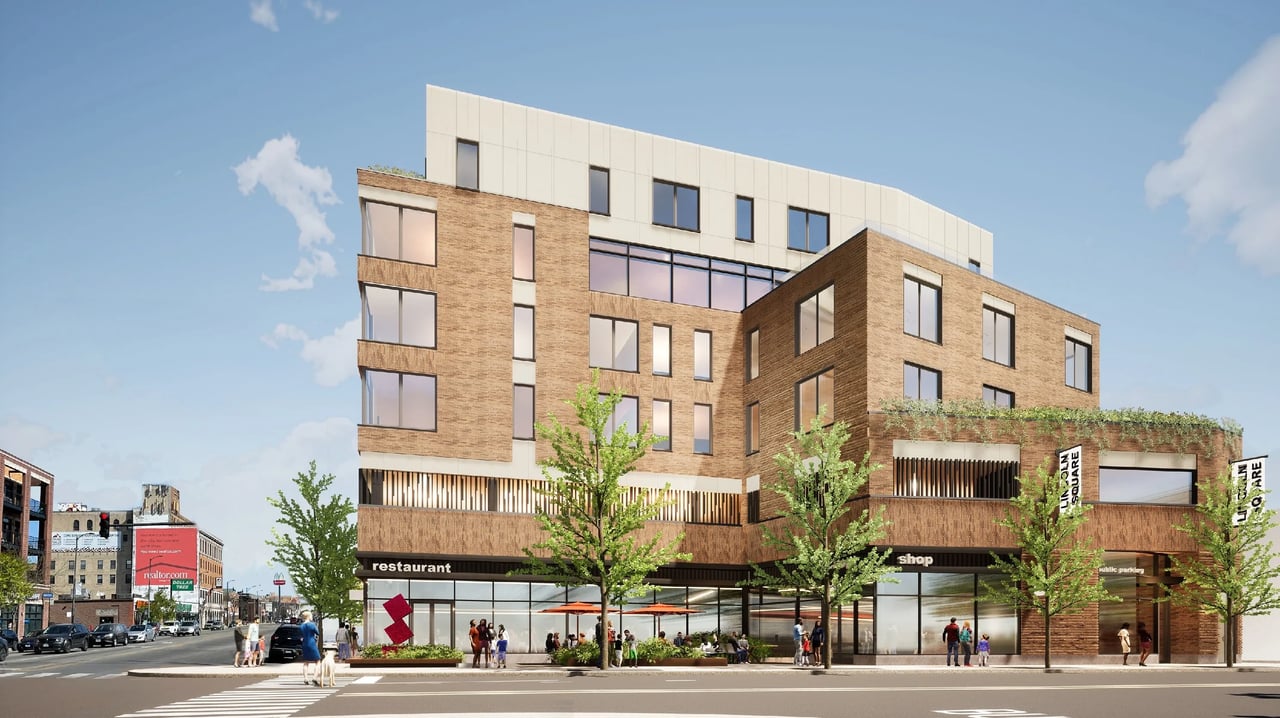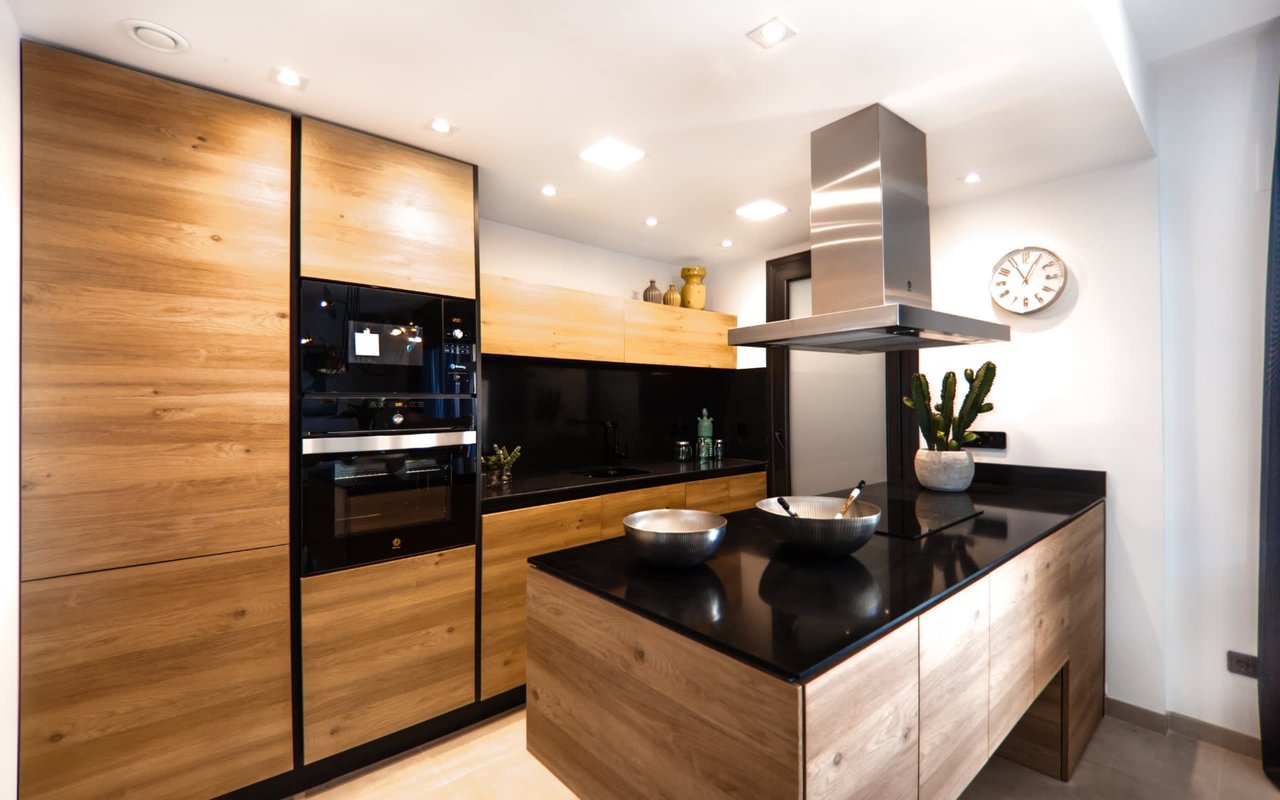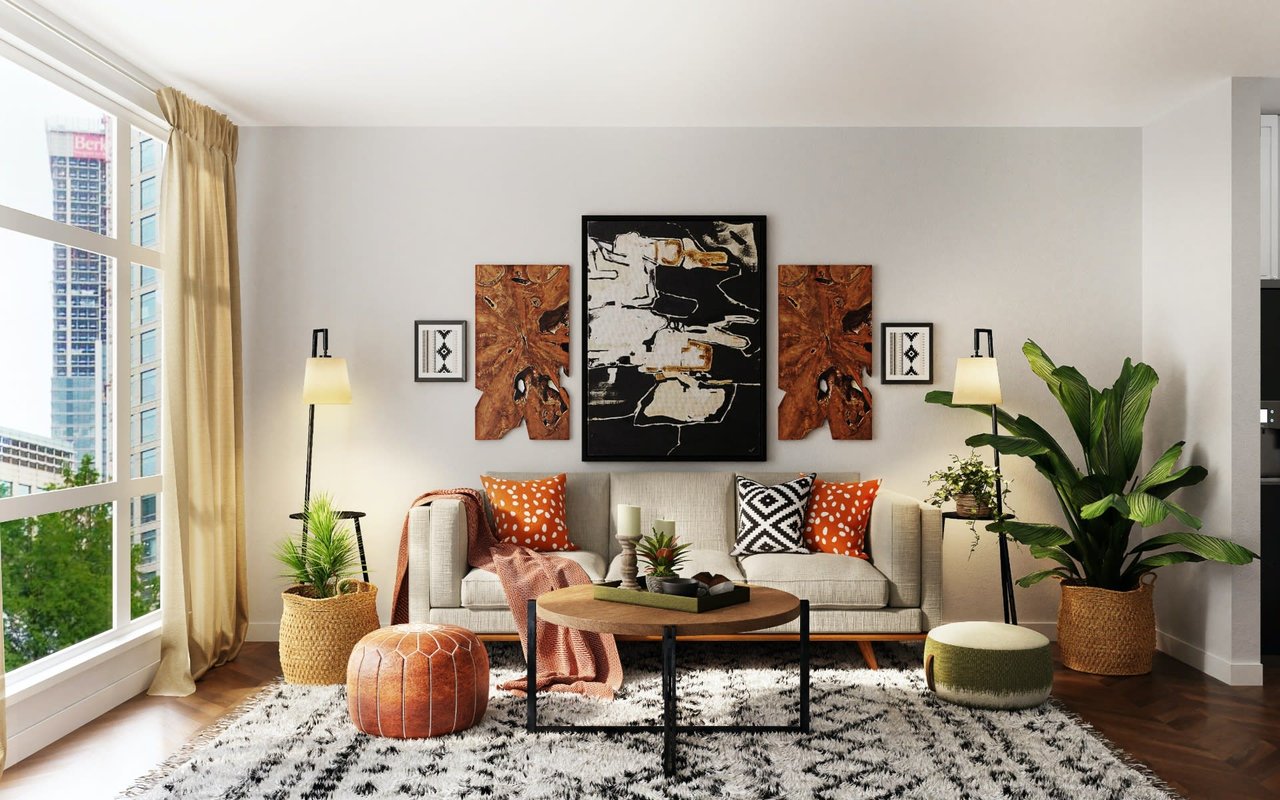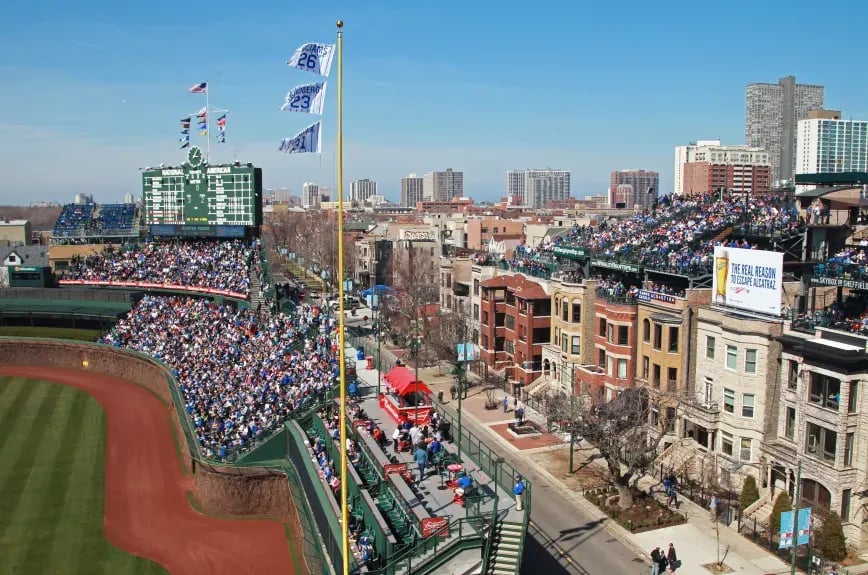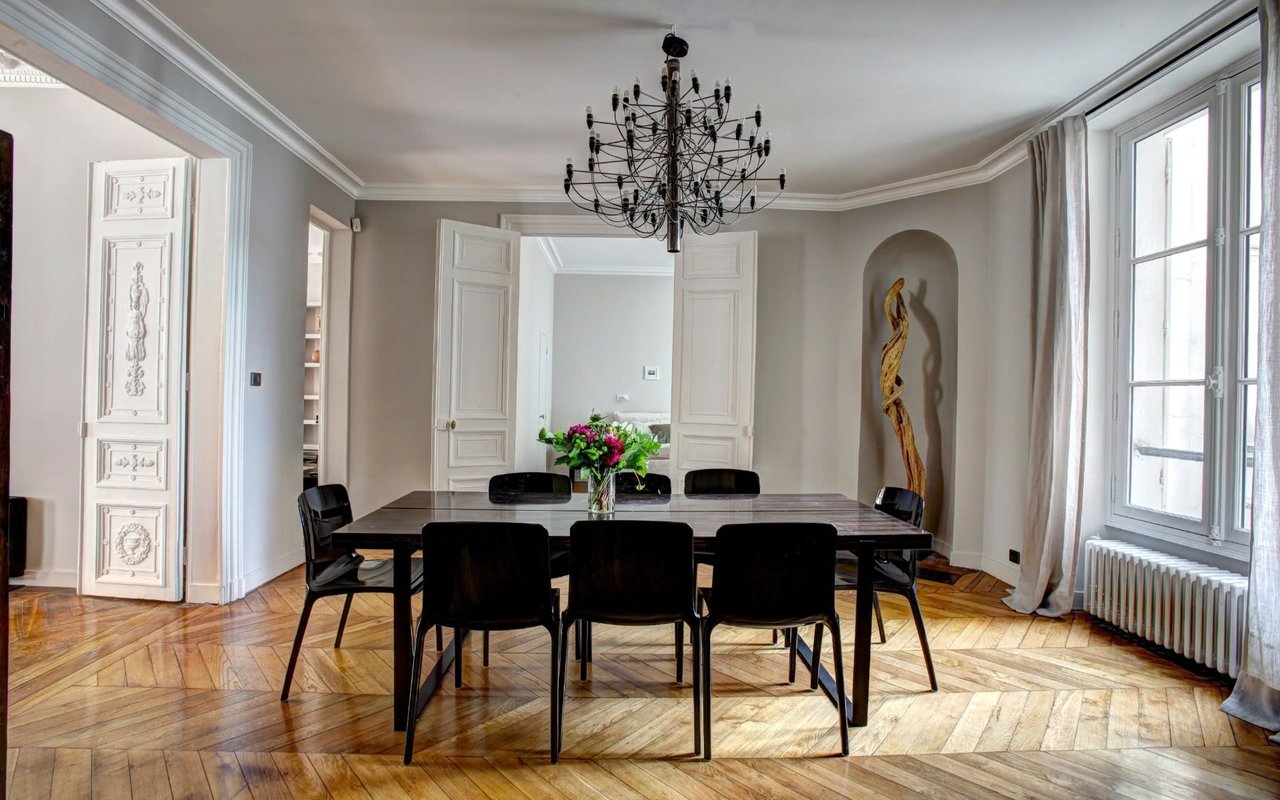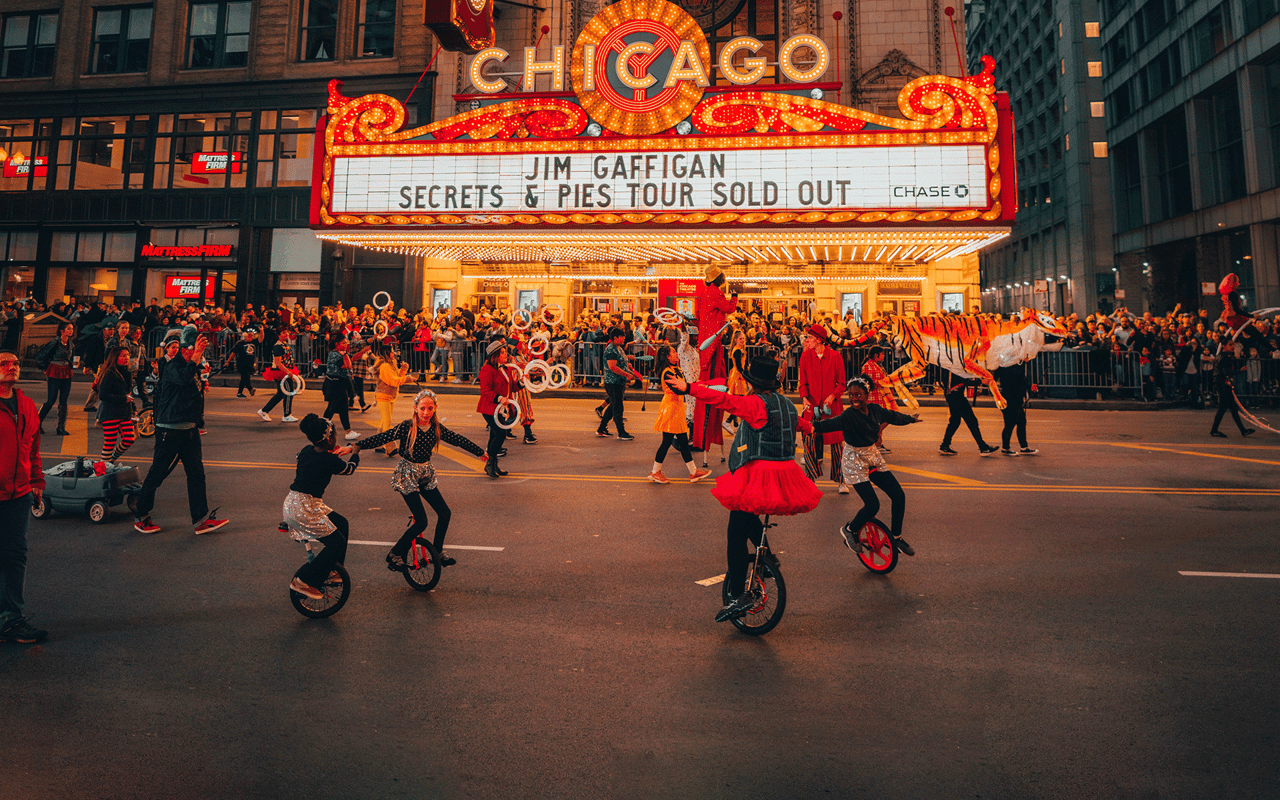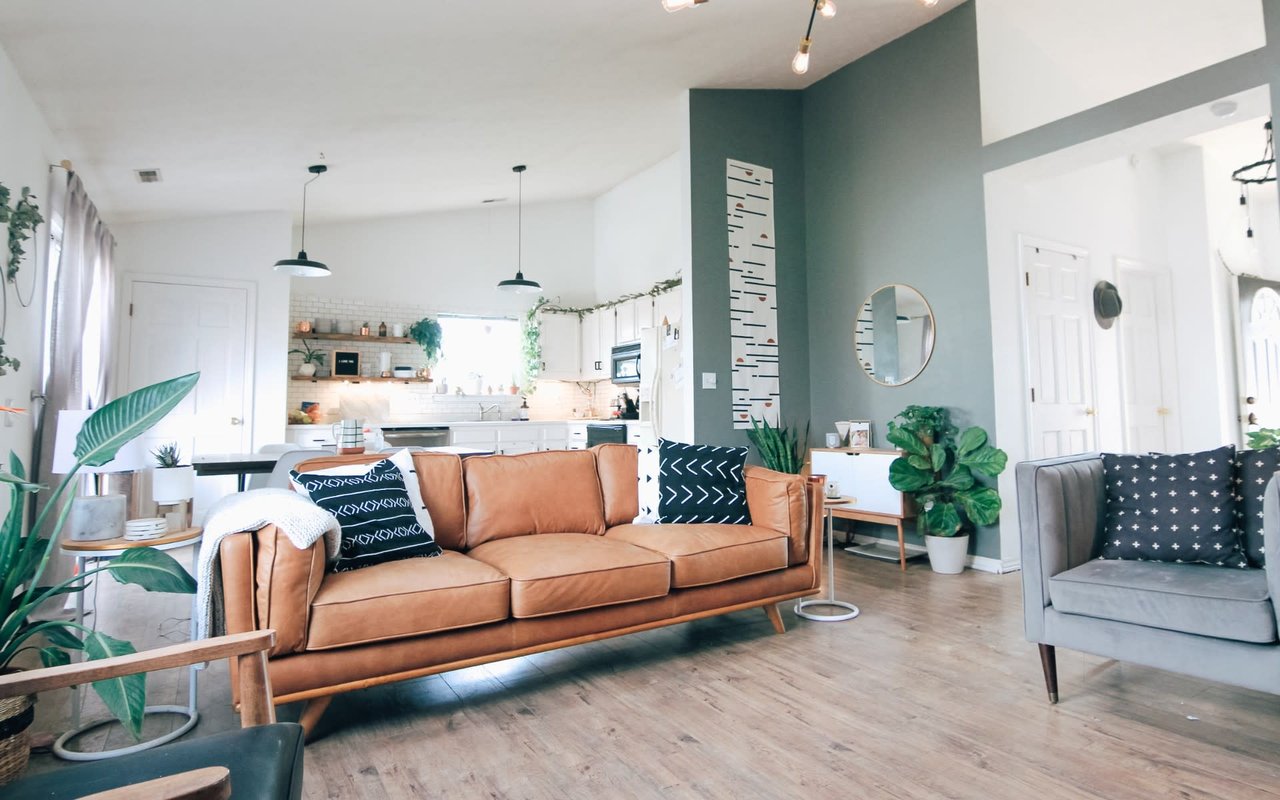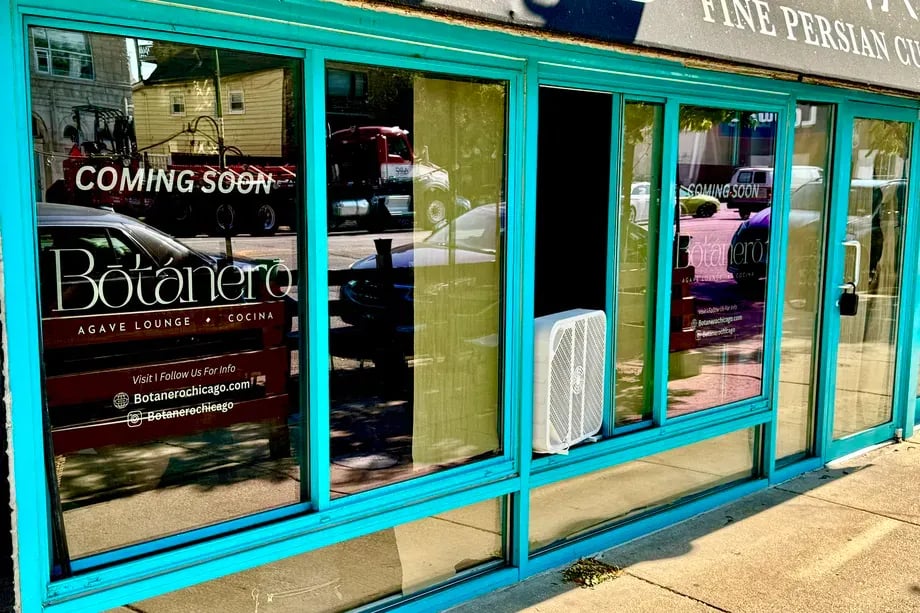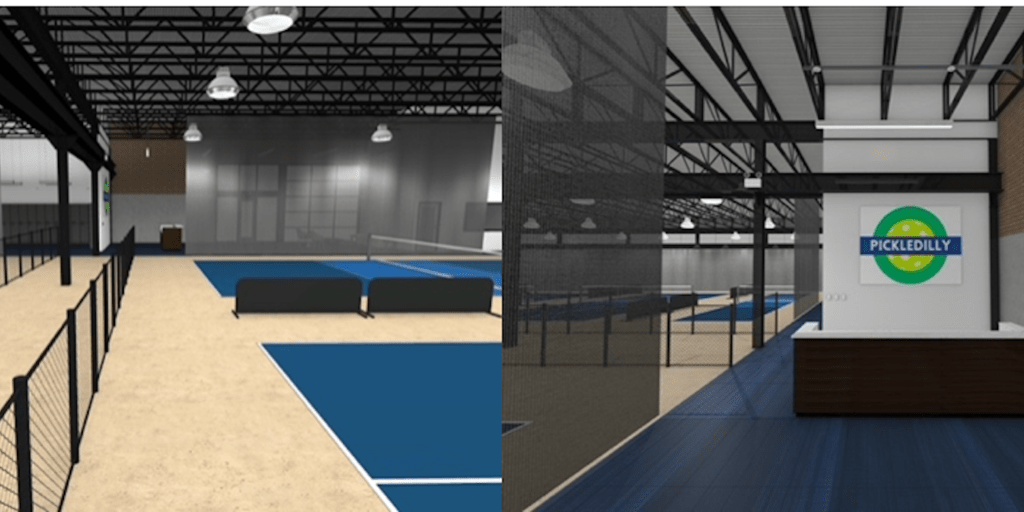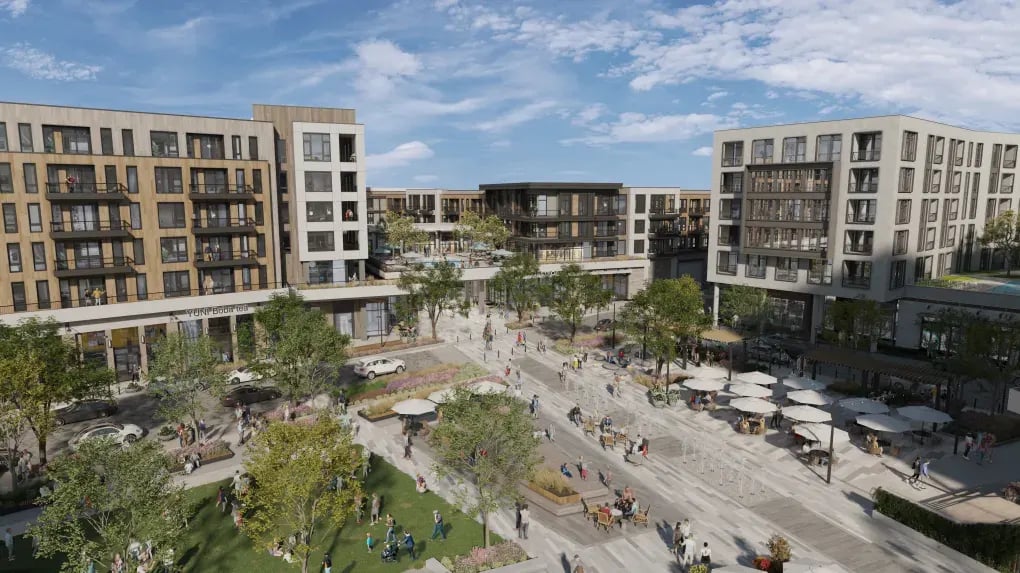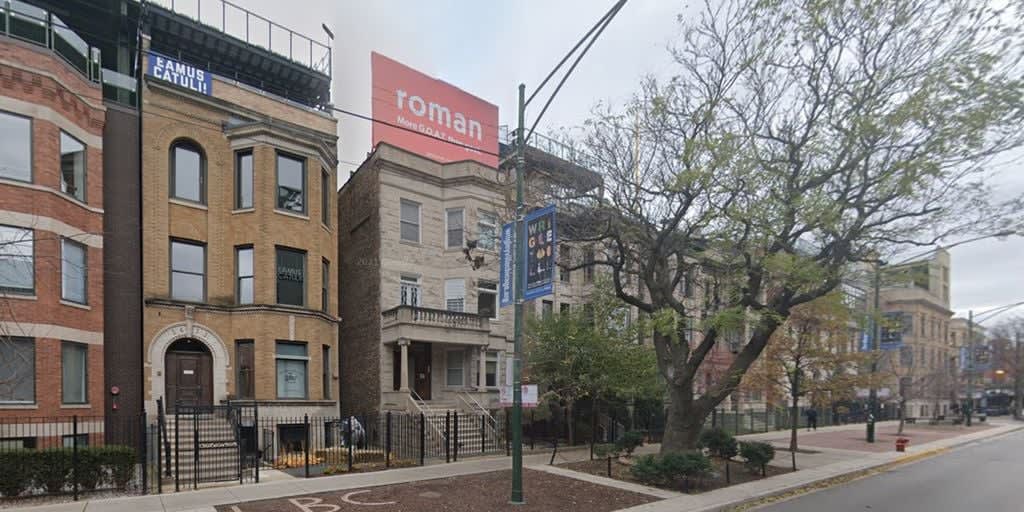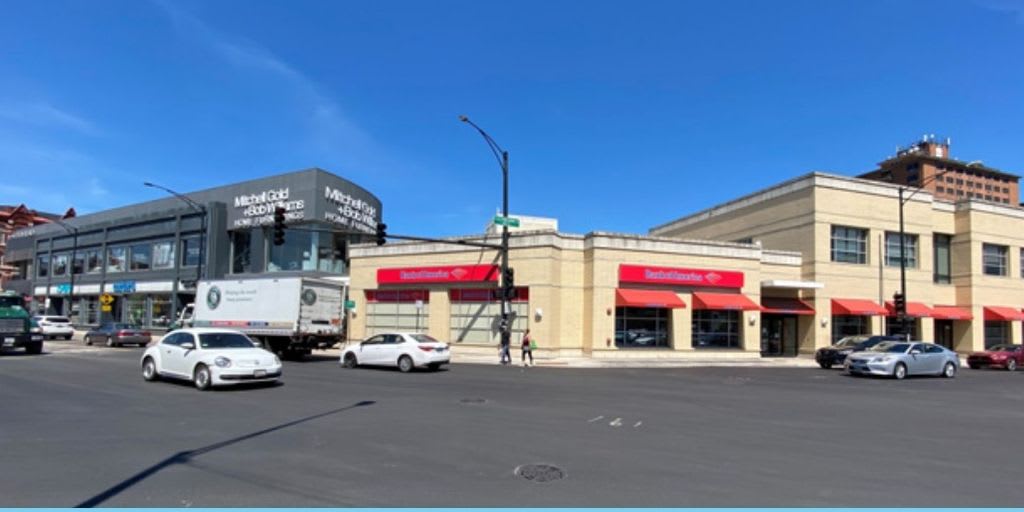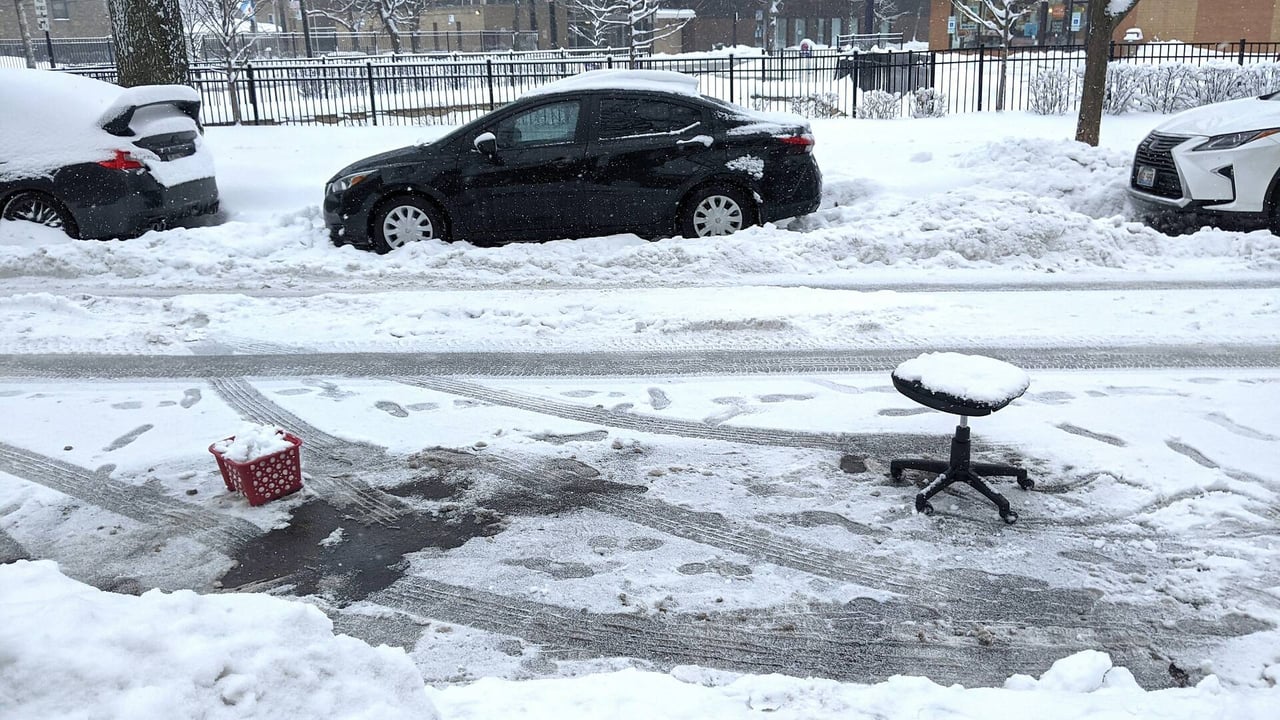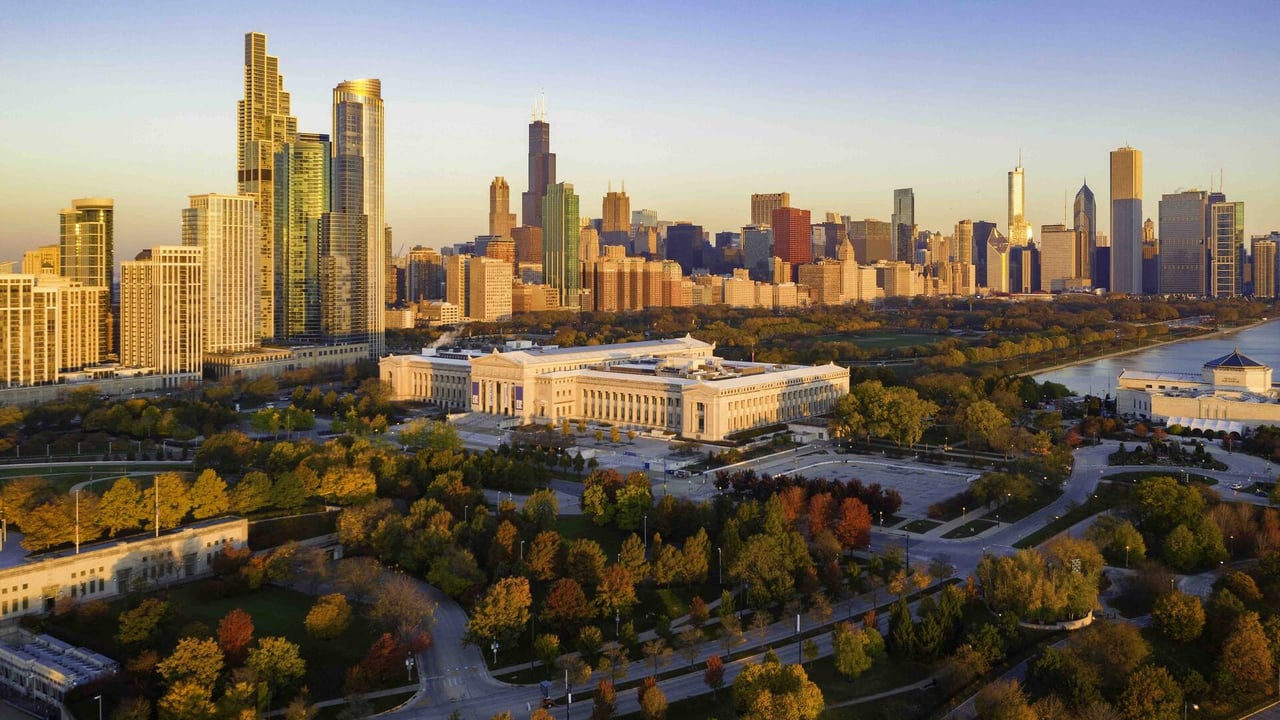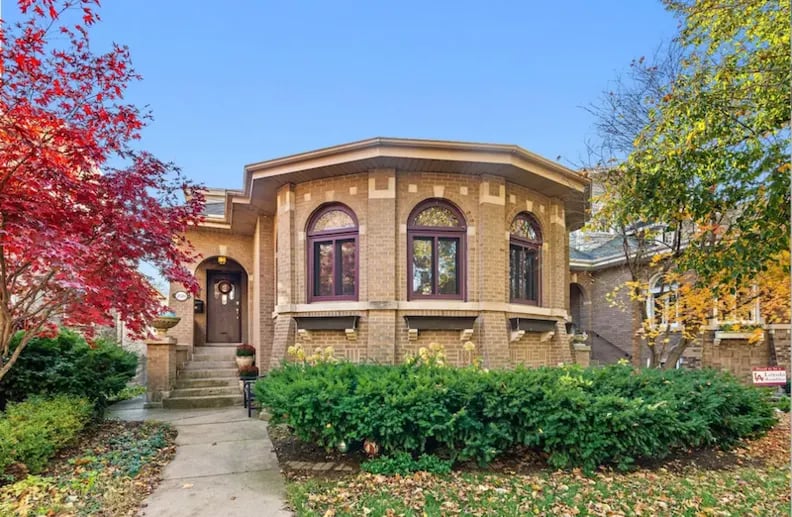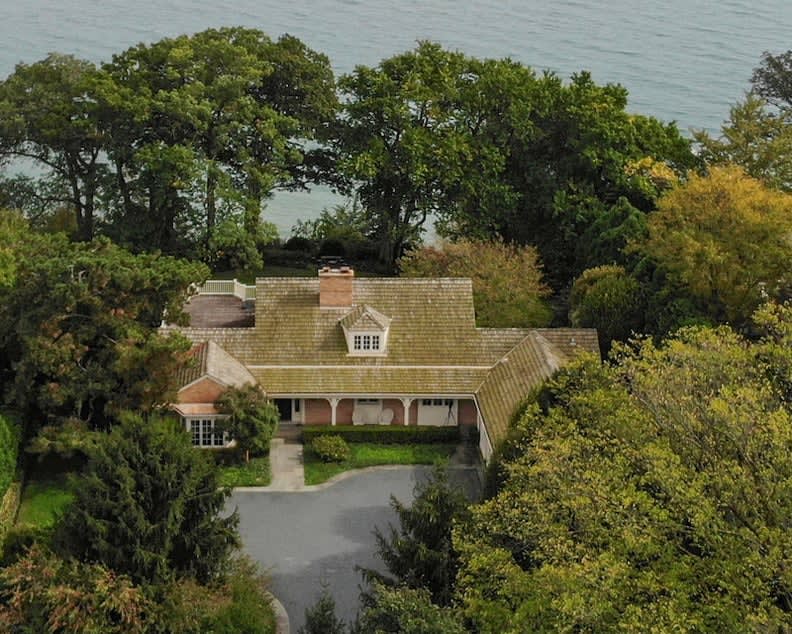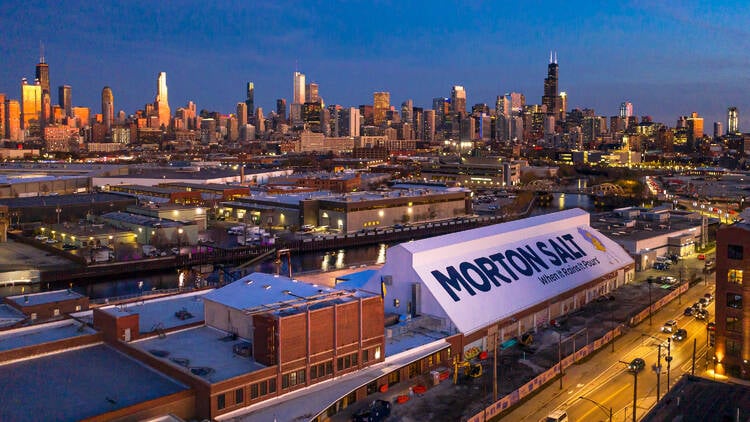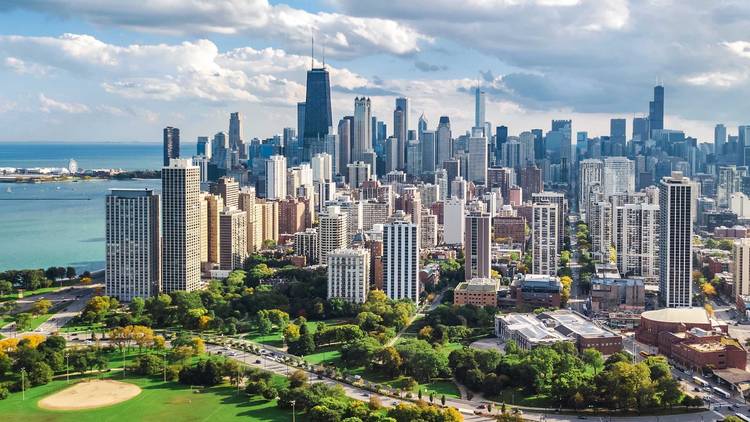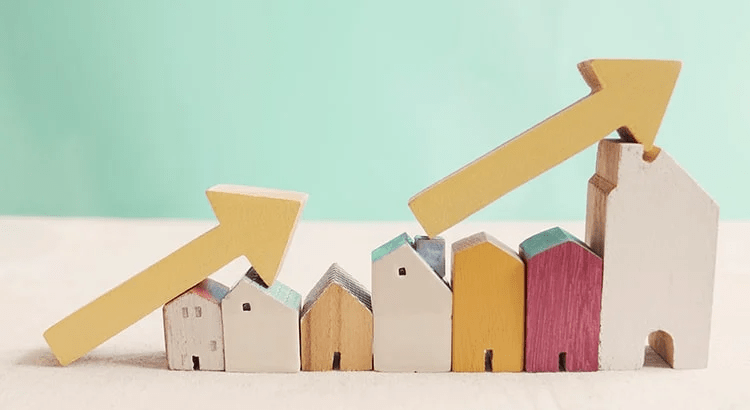Rising home prices may also have an impact on the presidential election. In a race where each side believes only its guy can properly steward the U.S. economy, about 52% of homeowners and renters say housing affordability will be a factor in how they vote in November, according to a Redfin report released earlier this month.
“While the economy is strong on paper, a lot of families aren’t feeling the benefits because they’re struggling to afford the house they want or already live in,” Daryl Fairweather, Redfin’s chief economist, said in prepared comments on the report. “As a result, many feel stuck, unable to make their desired moves and life upgrades.”
Malliaris said he’s seen the resentment, though he didn’t connect it to the presidential race. “Younger people in their late 20s and 30s feel that while their parents and grandparents were able to buy reasonably priced homes,” he said, “they cannot.”
To them, he has some advice: Be patient. “At some point, these older homeowners, people like me, will have to let go of those homes,” Malliaris said. The rising generation is smaller in number than the baby boomers, he noted, so “in terms of demand, these younger buyers will be in a good position.”
Silver said buyers who’ve faced ever-higher prices have at least two rationales for going ahead rather than sitting the market out. One: “They’re making money” and believe, especially after COVID shifted what we need from a home, that spending that money to get the house they want is smart. Two: While it’s startling to see interest rates rise higher than they’ve been since the dawn of the 21st century, it’s congealed into normalcy.
“These are the rates now,” Silver said.
How much more expensive are homes now, four years after COVID changed everything? According to data from Illinois Realtors, the metro-area median home price was $320,000 in February, traditionally one of the weakest months in our cold-climate market. Prior to the COVID era, the metro-area median never went higher than $265,000, even during the fast and furious summer months, when prices are usually the highest of the year.
The data for the city looks different. The February median price in Chicago, $330,000, is not so far above is pre-pandemic levels. The median price was $315,000 or more in summer months in both 2018 and 2019.
These are just a few of the data points that show Chicago-area home prices have been defying gravity. There are others, including a map from ResiClub that shows home prices have flattened or gone down since their 2022 peak but have risen in all Chicago-area counties, as well as those in northwest Indiana and southeast Wisconsin.
The causes include:
• The region’s long-term affordability relative to other big metros
• Homeowners uninterested in selling because they have mortgages with pandemic-era interest rates, as little as half the rate they’d get now
• A low inventory of homes for sale when buyers still need to buy because of lifecycle reasons like marriage, children and divorce
• Prices that never rose to bubbly levels and as a result haven’t gone slack
• High employment figures that breed buying power
Along with all of those, there’s “optimism,” Malliaris said. Pessimism swept in when both interest rates and talk of a recession were rising, Malliaris says, but “what’s currently moving the housing market is optimism that the U.S. economy will most likely avoid a hard landing.”
